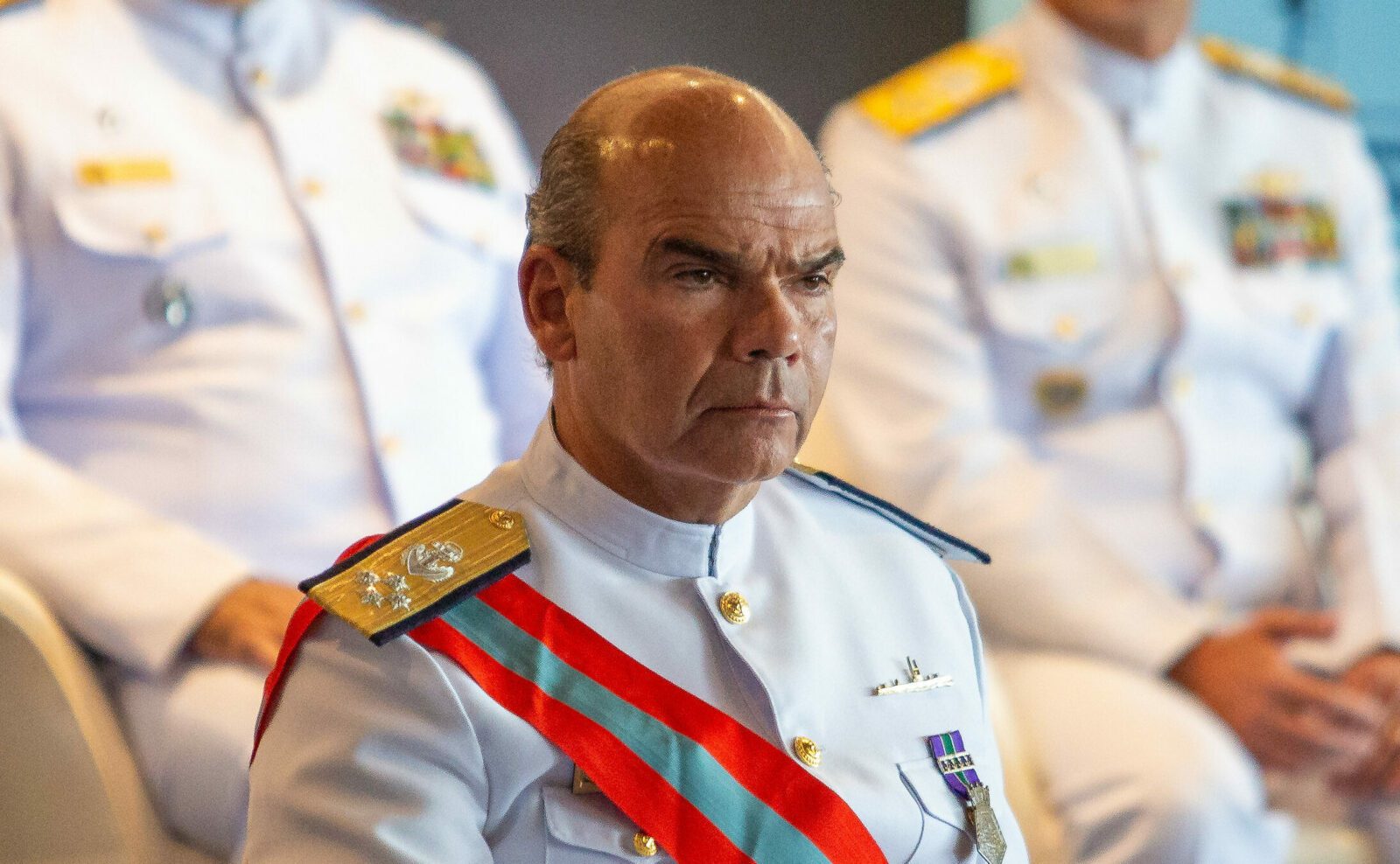“The Brazilian Navy is in crisis,” says commander
(CF) The Brazilian Navy needs urgent investment due to a financial crisis and plans to retire 40% of its vessels over the next five years. This will leave the country’s coasts vulnerable to threats from foreign powers.
According to Estadão, the government’s fiscal adjustment is jeopardizing resources for fuel and ammunition, affecting the Navy’s ability to replenish its ammunition and keep its ships operating properly.
The commander of the Naval Force, Admiral Marcos Sampaio Olsen, warned of the crisis in the Navy due to a lack of investment. In the last five years, the Navy has failed to receive R$3.3 billion, resulting in 43 vessels nearing the end of their useful life. These vessels are crucial for defense, coastal patrol and medical care in regions such as the Amazon and the Pantanal. Despite this, 12 new vessels are expected to be delivered in the coming years.
“The availability of operational assets – ships, aircraft and Marines – is a variable that must be analyzed based on the time factor. Due to the limit of their useful life, 43 Brazilian Navy vessels are due to be decommissioned by 2028, which corresponds to approximately 40% of the Force’s operational assets. This expectation may vary according to technical assessments of the structure and operational conditions of the ships, without, however, significantly altering the overall picture of this scenario. The decommissioning of a ship without the corresponding replacement could lead to a deterioration in the Naval Force’s capabilities and its readiness to carry out various planned tasks, particularly those aimed at defending sovereignty, maritime security, compliance with international treaties to which Brazil is a signatory and support for state actions, such as public disasters, assistance to riverside populations and combating cross-border and environmental crimes,” Olsen told the São Paulo newspaper
The admiral proposes reducing the number of career military personnel, hiring temporary personnel and holding civilian vacancies in order to reduce personnel costs. He also stresses the importance of normalizing relations with the civil authorities and obtaining resources for strategic naval projects.
“Comparisons with the situation in other countries, especially in budgetary terms, require caution if they are to be valid. It should be noted that, since 2017, the Navy has adopted a gradual policy of reducing its personnel, as well as a process of replacing career military personnel with temporary ones. As of 2019, the career restructuring of the military of the Armed Forces has been defined. I would like to point out that, in line with the principles of good management, the Navy allocates 70% of its personnel and organizational structure to its core business. The other 30% is used for administrative and support activities, personnel, material, science, technology and innovation,” explained the admiral.
The Navy plans to retire several vessels by 2028, including frigates, submarines, landing ships and various other types of ships used in different activities.
He said that the investments needed to replace the vessels are significant, with costs ranging from R$200 million to R$3.5 billion. The amounts include spare parts, technology transfer, training devices and special equipment.
